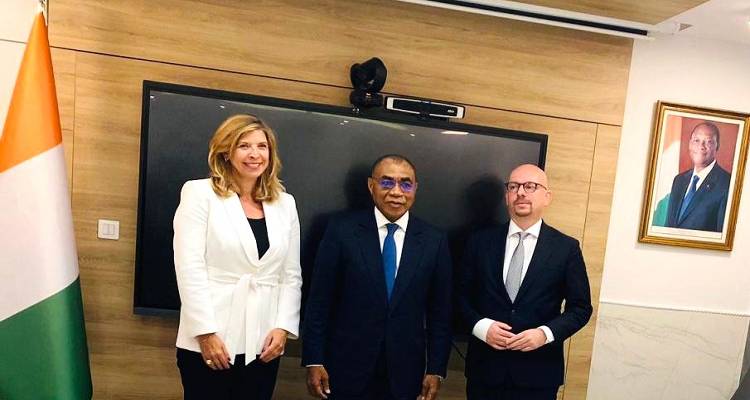Page 2 of 2Corrosion Prevention
Design Considerations and Practices for Corrosion Prevention:
1. The designer must be able to determine the inter-relationship of various materials within a material system that can influence the corrosion process.
2. The configuration of the material system as it affects the presence and conditions of a corrodent.
3. The function of the operating system as it influences the generation and distribution of stress, erosion and wear.
4. Active corrosion prevention systems that can only be incorporated into the system design.
Material Compatibility Considerations for Corrosion Prevention:
There are several characteristics that influence material compatibility. They are:
1. The component metals and other materials of construction and the galvanic relationships they may establish.
2. The relative size of anode to cathode in corroding couples.
3. The geometric relationships of, and the dimensions defining dissimilar materials.
4. The degree and extent of exposure to corrosive environment.
5. The electrical and electrochemical properties of the environment and corroding couples.
6. The thermal properties and temperature variations.
7. The fluid flow characteristics.
8. The chemical compositions of aggressive agents in solvents and waters.
9. The sources and conductive paths of stray direct currents.
10. The development of corrosive reactant products.
11. The impact of the effect on performance.
12. The criticality of possible failures.
Conclusion
Corrosion has always been a significant problem both in the water and the petroleum industry because of necessary replacement costs and downtime associated therewith. Present methodology encourages inhibiting the corrosion of metal surfaces in crude oil and water/wastewater pipelines. The hydrocarbons in these pipelines have water present therein. Since water and oil don’t mix, the water separates from the hydrocarbons. Water then accumulates along the bottom quadrant of the pipelines and its persistent contact with the metal surfaces, if left untreated, results in the corrosion of the metal.
Chikezie Nwaoha, B.Eng and Odinakachi John Okorie, B.Eng






































